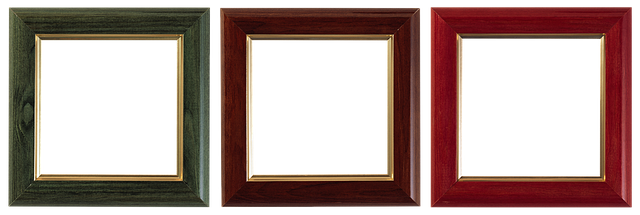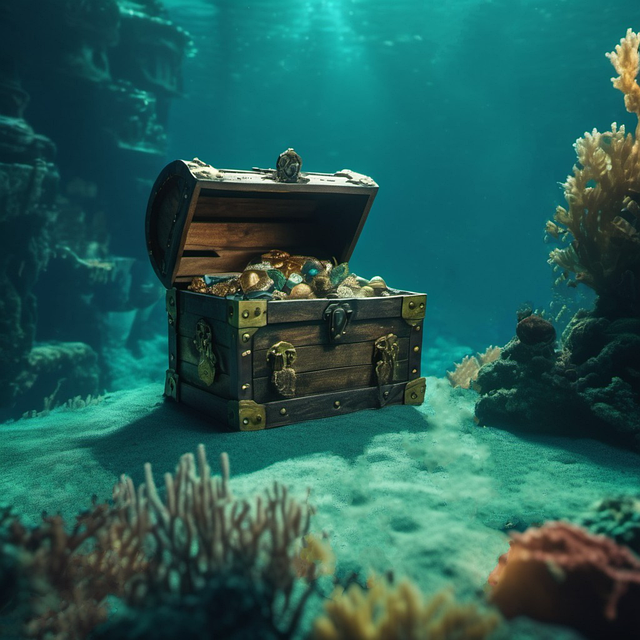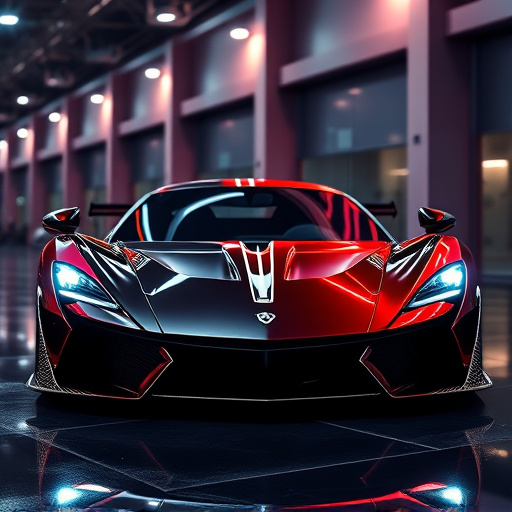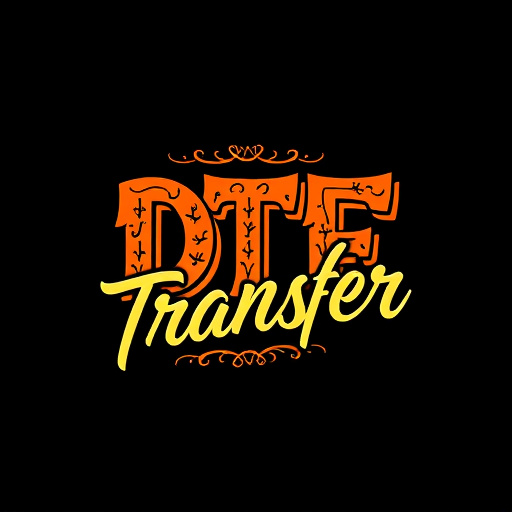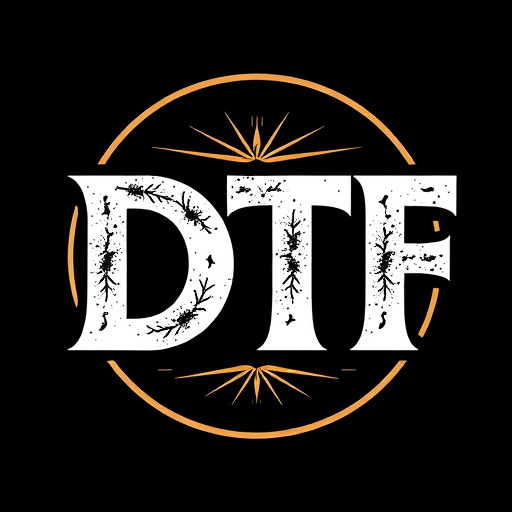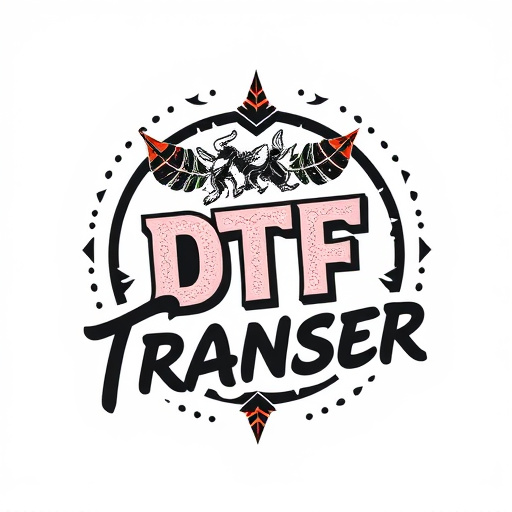Direct-to-Film (DTF) technology revolutionizes printing with its direct ink application method, eliminating screen printing. This process, involving transferring designs from digital files to film and curing with UV light or heat, offers versatility, speed, and precise color accuracy. DTF is ideal for textiles, plastics, and metals, creating eye-catching multi-color prints with intricate patterns and vivid hues. It's a game-changer for short-run productions and personalized items, catering to diverse industries like fashion and art. Choosing suitable vinyl or fabric substrates and compatible inks ensures high-quality results, while the technology democratizes design and fosters creativity. The future of DTF holds promise with advancements in resolution, new materials, and elaborate patterns, poised to transform multiple sectors.
Discover the vibrant world of multi-colored designs brought to life through direct-to-film (DTF) technology. This innovative process revolutionizes printing by directly applying ink to film, opening up a universe of creative possibilities for fashion and art. From understanding the fundamentals of DTF technology to exploring its advantages, choosing the right materials, and creative applications, this article dives into the future of DTF, offering a comprehensive guide to crafting stunning, vibrant transfers.
- Understanding Direct-to-Film (DTF) Technology: A Brief Overview
- The Advantages of DTF Transfer for Multi-Color Designs
- Choosing the Right Materials for DTF Printing
- Creative Applications of DTF Prints in Fashion and Art
- Step-by-Step Guide to Creating Vibrant DTF Transfers
- Future Trends in DTF Technology: Enhancing Design Possibilities
Understanding Direct-to-Film (DTF) Technology: A Brief Overview
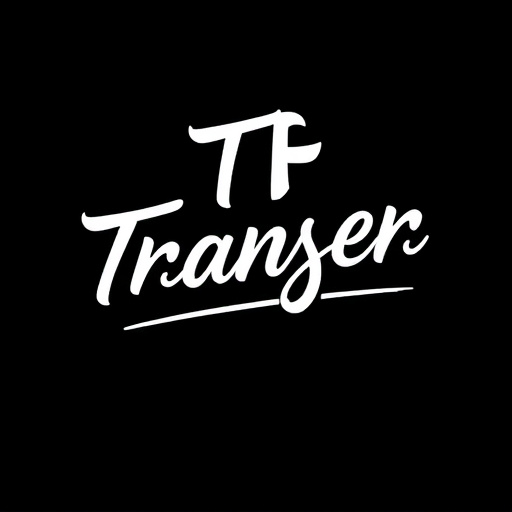
Direct-to-Film (DTF) technology has revolutionized the way we approach surface printing, especially for vibrant multi-colored designs. This innovative process eliminates the need for traditional screen printing methods, enabling direct application of ink onto various surfaces. DTF involves a precise transfer of designs from a digital file to a film, which is then cured using UV light or heat, resulting in high-quality prints.
The key advantage of DTF lies in its versatility and speed. It allows for complex and detailed graphics, making it ideal for creating eye-catching DTF transfers on a wide range of materials, from textiles to plastics and metals. This technology ensures consistent color accuracy and fine detail reproduction, showcasing intricate patterns and vibrant hues with remarkable clarity. DTF printing has become a game-changer in industries demanding visually appealing, custom-made products, offering both efficiency and exceptional visual impact.
The Advantages of DTF Transfer for Multi-Color Designs
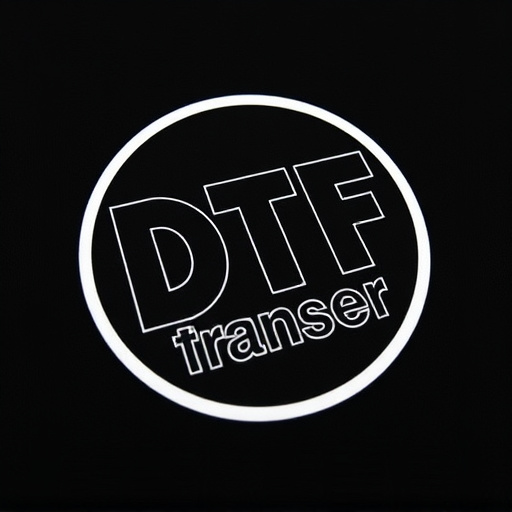
Direct-to-film (DTF) transfer technology has revolutionized multi-color printing, offering numerous advantages for designers and manufacturers. One of its key strengths lies in its ability to produce vibrant, intricate designs with exceptional color accuracy. DTF involves applying ink directly onto a film, which is then transferred to various materials like fabric or metal. This method ensures that each color is printed separately, allowing for a vast palette and complex combinations. As a result, DTF prints stand out for their vivid hues and detailed patterns.
Additionally, DTF Transfer provides efficiency and cost-effectiveness, especially for short-run productions or personalized items. It eliminates the need for costly set-up costs associated with traditional printing methods, making it an attractive option for small businesses and custom manufacturers. The quick turnaround time and ease of design modification make DTF Printing a game-changer in the world of multi-color design, catering to diverse industries and creative applications.
Choosing the Right Materials for DTF Printing

When it comes to selecting materials for DTF (Direct-to-Film) printing, the key lies in choosing products that offer excellent compatibility and durability. DTF transfers require a smooth, clean surface for optimal adhesion, making high-quality vinyl or fabric substrates ideal choices. These materials ensure the vibrant colors and intricate designs translate accurately onto various surfaces like t-shirts, mugs, or even phone cases. The right DTF transfer film should be flexible, resistant to fading, and able to withstand the rigors of everyday use, ensuring your prints remain vivid and long-lasting.
Additionally, ink compatibility is a crucial consideration. DTF Printing uses specialized inks designed for direct application onto film, which are then transferred to the final product. Selecting inks that offer vibrant color gamuts and fast drying times can significantly enhance the overall quality of your DTF Prints. Ensuring these factors are met will result in stunning, multi-colored designs that capture the essence of your creative vision.
Creative Applications of DTF Prints in Fashion and Art
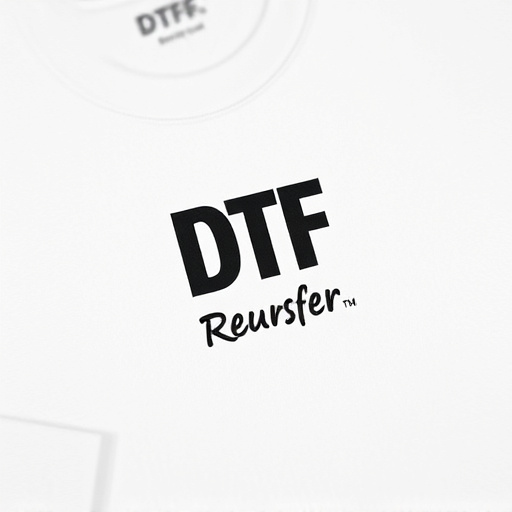
The creative possibilities of direct-to-film (DTF) technology have sparked a revolution in both fashion and art. DTF prints allow for vibrant, multi-colored designs to be applied directly onto various materials, offering an innovative approach to traditional printing methods. Artists and designers are exploring uncharted territories with this technique, creating stunning visual effects that were once unimaginable. From bold graphic patterns on clothing to intricate illustration on accessories, DTF transfers have become a game-changer in the industry.
In fashion, DTF prints enable unique and personalized designs, allowing creators to experiment with texture and color. It has democratized design, empowering independent artists and small businesses to compete on a larger scale. Similarly, in the art world, DTF printing facilitates the reproduction of intricate artwork, making it accessible for limited-edition runs or custom pieces. This technology bridges the gap between digital art and physical mediums, providing an engaging experience for both artists and collectors alike.
Step-by-Step Guide to Creating Vibrant DTF Transfers

Creating vibrant multi-colored designs using direct-to-film (DTF) technology is accessible to everyone with a few key steps. Start by designing your artwork or choosing an existing image that you want to transfer. Ensure it’s optimized for DTF printing, typically in high resolution and with suitable color profiles. Next, prepare your film by selecting the right material and adhesive for your desired application. This could vary from standard vinyl to more specialized materials depending on the final product.
Once your film is ready, use a plotter or cutting machine to precisely cut out each individual color of your design. Carefully apply the film to the desired surface, starting with the base color and layering subsequent colors precisely on top. A steady hand and clear vision are essential for aligning the colors perfectly. After applying all colors, cure the transfer using appropriate methods, such as heat or UV light, to ensure long-lasting durability. This meticulous process results in stunning DTF prints that bring your creative visions to life with rich, vibrant hues.
Future Trends in DTF Technology: Enhancing Design Possibilities
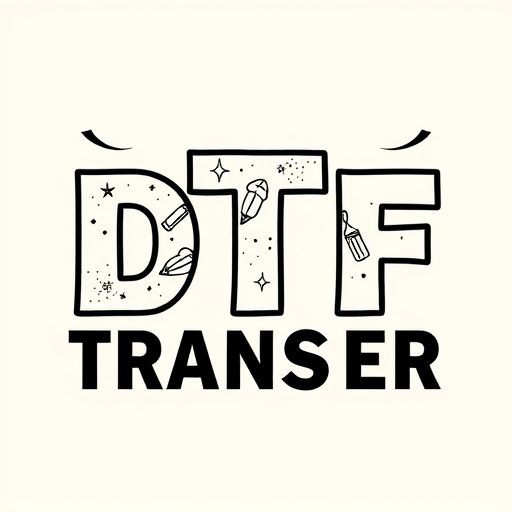
The future of direct-to-film (DTF) technology promises exciting innovations that will further enhance design possibilities. Emerging trends suggest a move towards more intricate and detailed DTF transfers, enabling the creation of complex patterns and unique visual effects. With advancements in printing techniques, we can expect improved resolution and color accuracy, resulting in DTF prints that rival traditional printing methods.
Additionally, the integration of new materials and substrates will expand the versatility of DTF technology. This includes the exploration of flexible and stretchable films, opening up a world of opportunities for wearable art, dynamic signage, and innovative product design. As DTF Printing continues to evolve, it will play a pivotal role in shaping the way we visualize and bring designs to life across various industries.

